

Perhaps the CES no longer has the status it had a few years ago, but the Las Vegas trade fair is still the first major industry event of the year and many manufacturers use it to present their news to the world. We were there and present the most important topics and highlights.

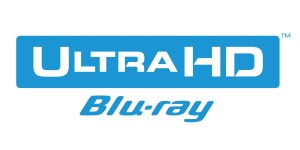
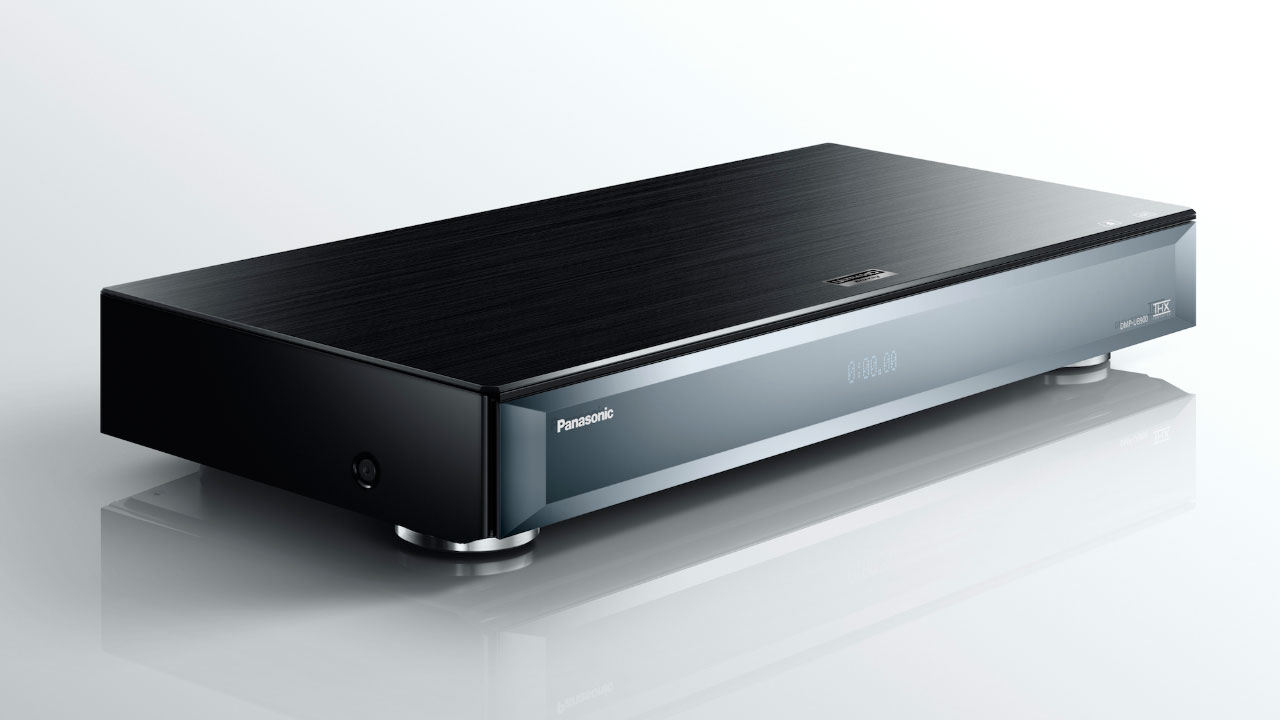
Ultra HD or 4K has finally arrived in the mainstream. Apart from a few exceptions, all reasonably high-quality new televisions in 2016 will have panels with 4 times the FullHD resolution, and many new models have already established that they will meet the specifications of Ultra HD Premium. Among the numerous announcements in the TV sector, the future top lines from Panasonic and Samsung seemed particularly interesting to us. Both the Panasonic DX900 series (in sizes 58 and 65 inches) and the Samsung KS9090 series (49, 55, 65 and 78 inches, introduced in the USA as the KS9500) meet the "Ultra HD Premium" specification and otherwise have modern technologies that promise the best picture. We are excited! 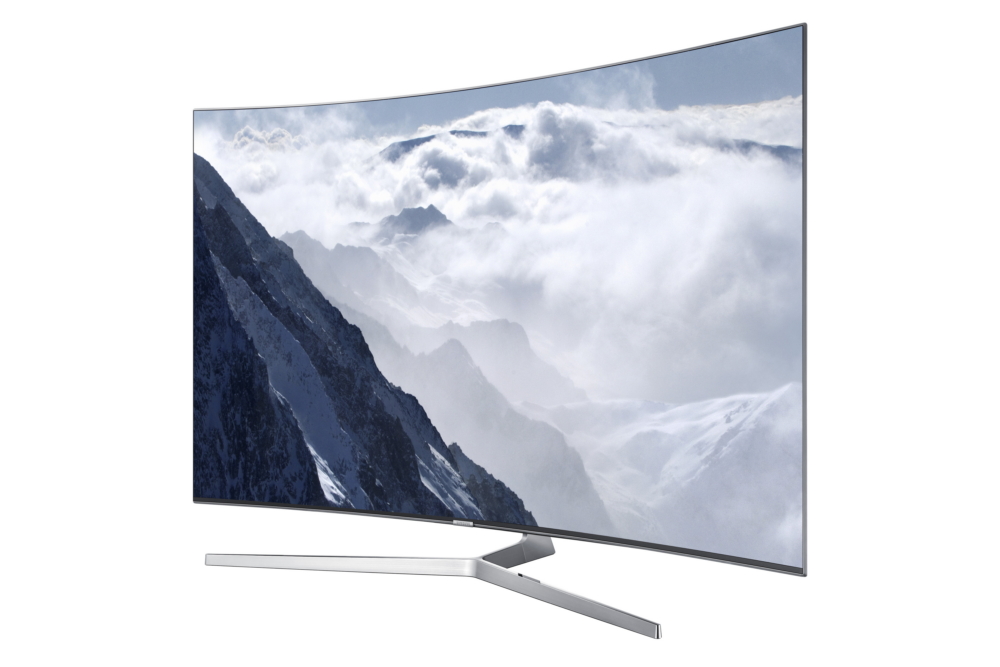
Yes, for a long time OLED has been praised as a healing technology in terms of image quality. And yes, the potential of the technology is still there, especially in connection with the high contrast requirements of HDR. But somehow the manufacturers seem to be running out of breath, especially since the further developed LED / LCD technology is no longer lagging behind in terms of quality. Only LG presented real OLED innovations, namely eight models in the G6 and E6 series (55 - 77 inches), as well as the Signature Ultra HD OLED TV, which is only 2.57 mm thin. Panasonic also showed the 65CZ950, as it did at the IFA, and is sticking to its plans for an early market launch.

This is good news for the mobile hi-fi fan, but it also means that new hardware must be purchased, because MQA has to be decoded by the D / A converter used. With some existing products like the Auralic Aries this should be done with a simple software update. In addition, the first "MQA-ready" or MQA-compatible devices have already been presented in Vegas, including the Pioneer XDP-100R media player, the smartphone HTC One A9 and of course the mobile headphone amplifier Explorer 2 from Meridian.
It's no longer news that the good old vinyl records are enjoying a real renaissance. This can also be seen in the many new turntables that premiered in Las Vegas. We were particularly impressed by two of them, namely the long-awaited Technics SL-1200G and the absolutely unexpected new Sony lathe called PS-HX500. First of all, it is surprising enough that the industry giant Sony also wants a piece of the turntable pie and is developing a new model especially for it. The finished product also makes a solid impression at first glance, offers a belt-driven plate made of die-cast aluminum and a permanently mounted tonearm with MM cartridge. But it gets really exciting when you look at the inner values of the HX500. Because the Japanese are clearly targeting the target group of newcomers and those returning to the subject of vinyl and have therefore given their turntable an integrated phono preamp to make the connection to the existing system as easy as possible. But that's not all, the PS-HX500 also has its own A / D converter with which the played record can be recorded in high-resolution digital quality on a connected computer, either as a PCM or even as a DSD128 file! 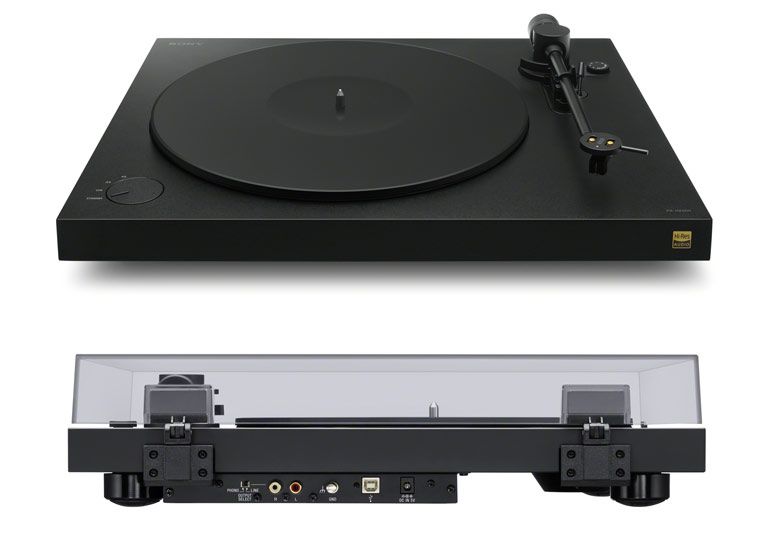
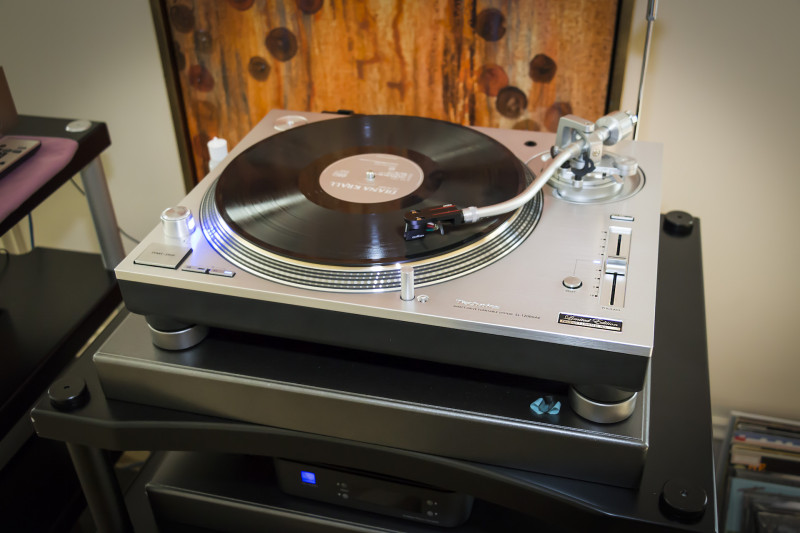
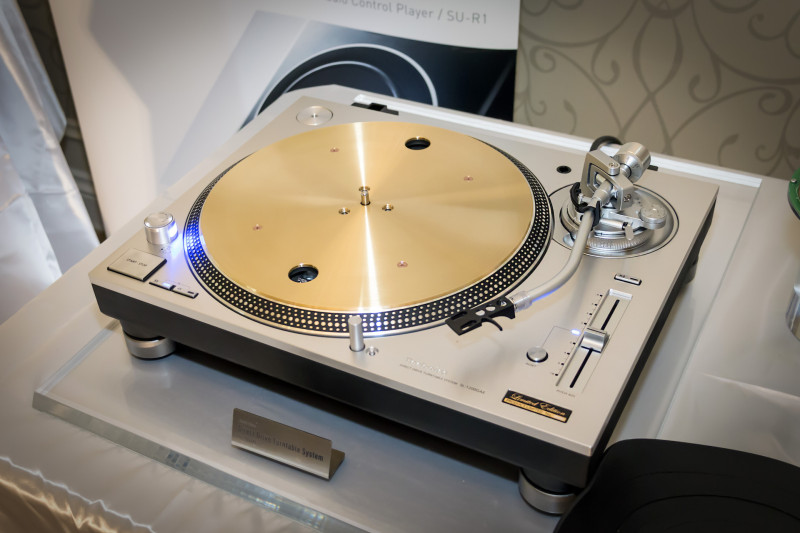
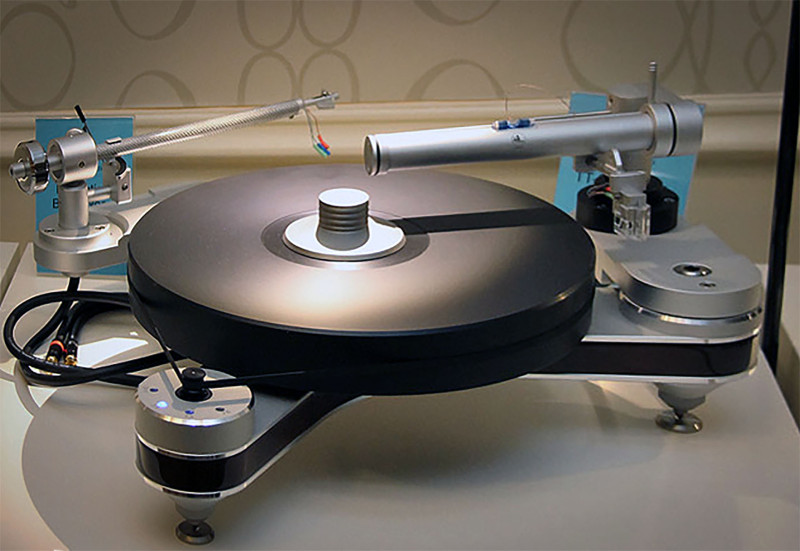
The cable specialists from California have been "poaching" successfully in other areas for some time, such as the USB-DAC Dragonfly , the extremely neutral Nighthawk headphones and the USB suppressor Jitterbug . While in Las Vegas only nebulous hints could be heard regarding some innovations around the Nighthawk, the long-awaited successor to the Dragonfly was presented there. More precisely, there are two successors that go by the names Dragonfly Red and Dragonfly Black and represent completely new developments. A new D / A converter chip is used in both, embedded in likewise new electronics. The new chip decodes music data up to 96kHz / 24Bit like the one used in the predecessor, but promises a much better sound. In the "Red" model, a digital, bit-perfect volume control, together with even better electronics, should ensure a further sound improvement. But the real sensation is that the new chip architecture in both the Black and the Red will drastically reduce the power consumption of the Dragonfly. To the point that the new USB DACs can also be used on a smartphone without any problems. With the predecessor, iOS devices completely refused to work because of the high power requirements, while it generally worked on Android devices, but drained every battery extremely quickly. The new versions now consume a whopping 77% less power and should therefore (in conjunction with an Apple Camera Connection Kit or an OTG cable for Android) represent the smallest DAC solutions for smartphones. What that means in concrete terms, Audioquest demonstrated quite impressively during the CES: The Nighthawk, which was played continuously on an iPad over a Dragonfly Black, reduced the battery charge to just 65% within 32 hours - that's more than remarkable!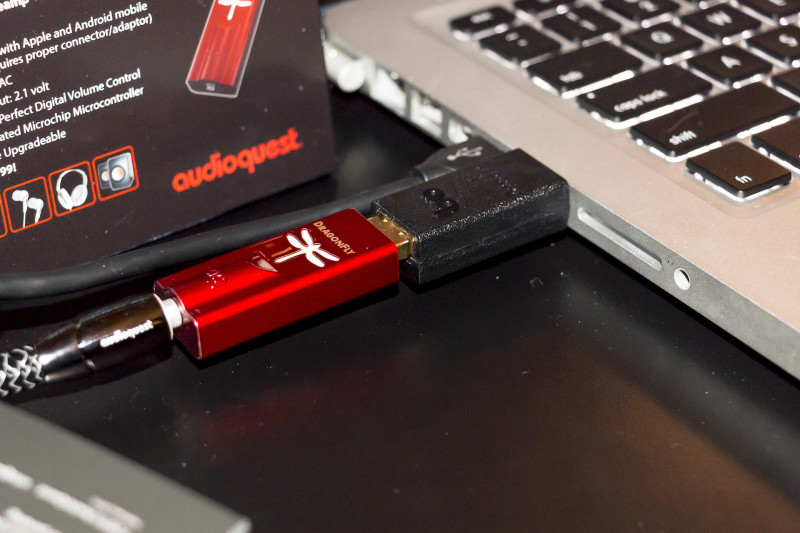
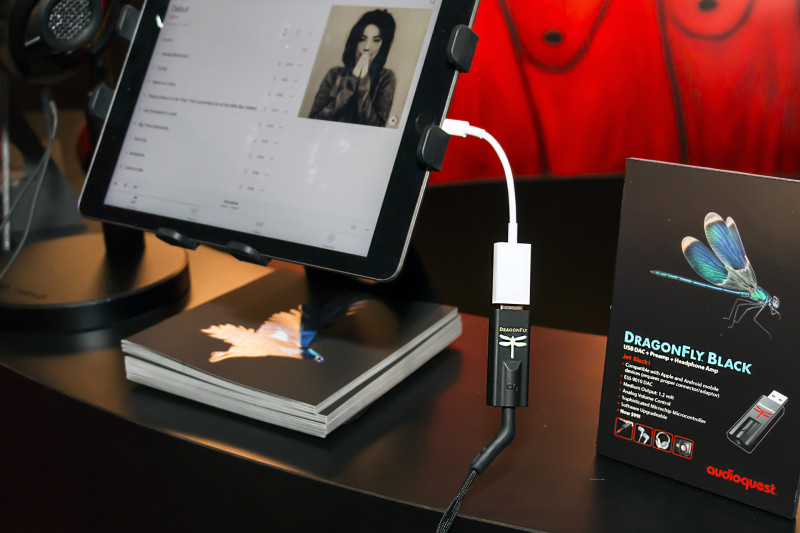
The first CES without Dieter Burmester certainly marked a special event for theBerlin high-end forge in many ways. And that too, because with the unusual complete system phase 3, one of the last projects launched by the company founder who died in 2015, will soon actually see the light of day. In addition to a revised version of the red phase 3, the black version, for which a separate stand system was designed, was also shown for the first time. Other highlights of the Burmester Suite in the Venetian were the network player 150 , the compact Musiccenter 151 and the speakers BA31 and BA71 .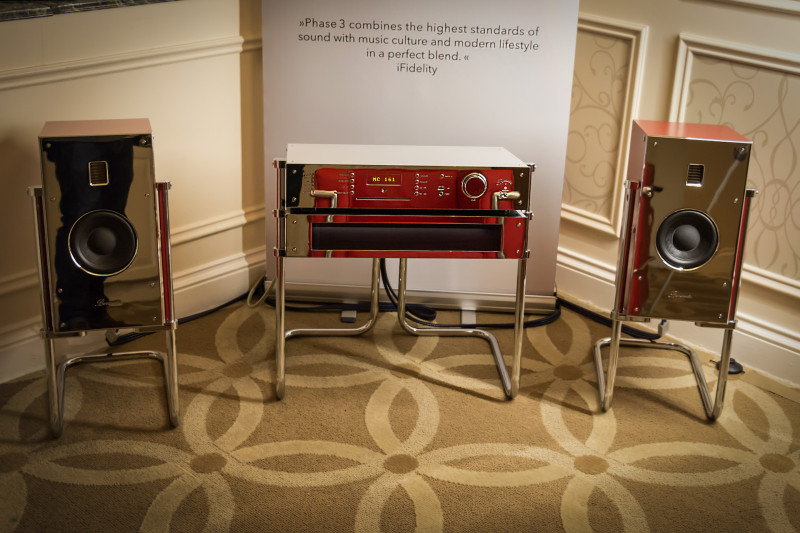
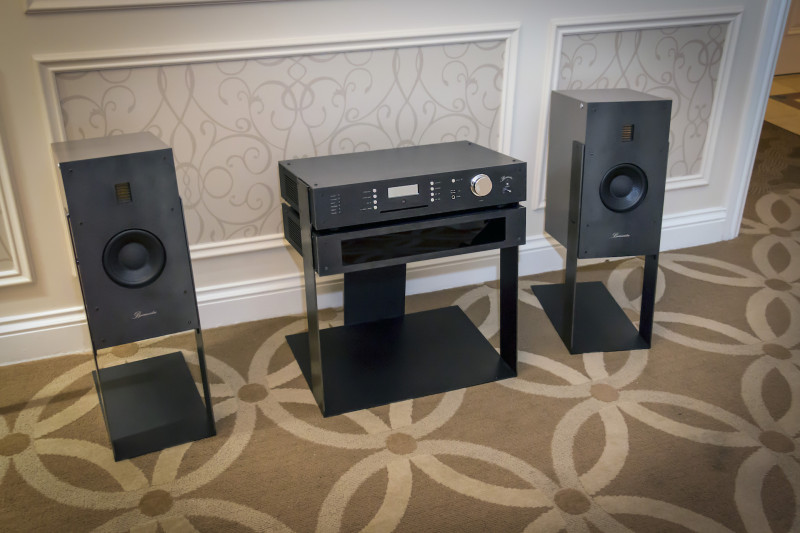
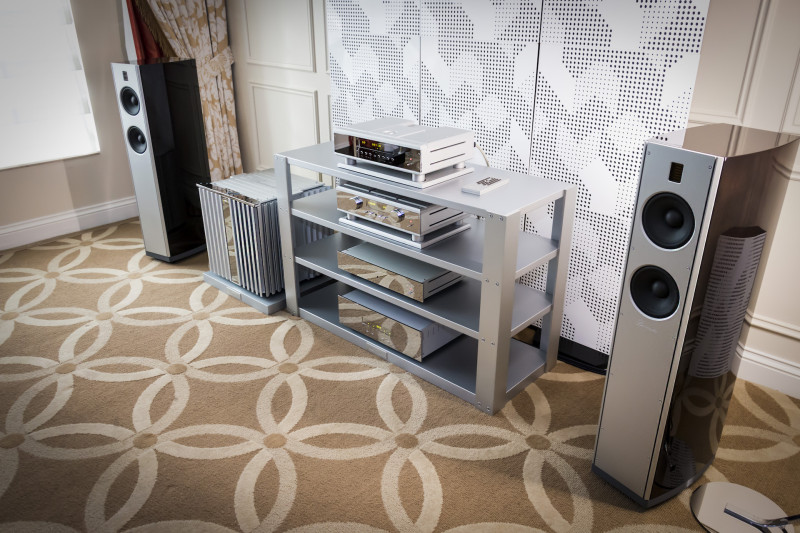
The Chord Electronics team once again demonstrated the courage to try something unusual in Las Vegas. In order to offer the brand-new Super-DAC DAVE an appropriate playing environment, the amplifier electronics offered the best that their own range could offer. Together with the loudspeakers provided by Vienna Acoustic, there was a system on the 35th floor of the Venetian with a total value of almost 200,000 euros. At the special request of company founder John Franks, this extremely powerful system was used on the first day of the fair to pay tribute to Motörhead frontman Lemmy Kilmister, who had just passed away. And so loud that the hotel guests in the surrounding rooms and floors are guaranteed to benefit. Rock on!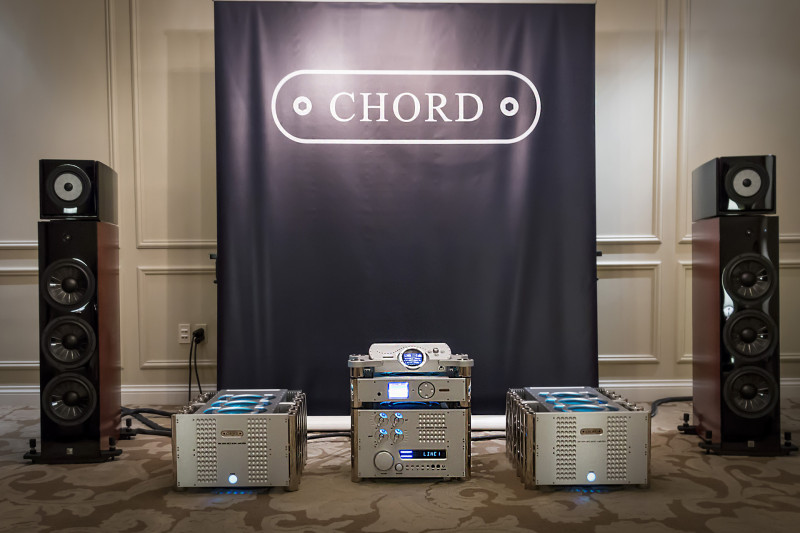

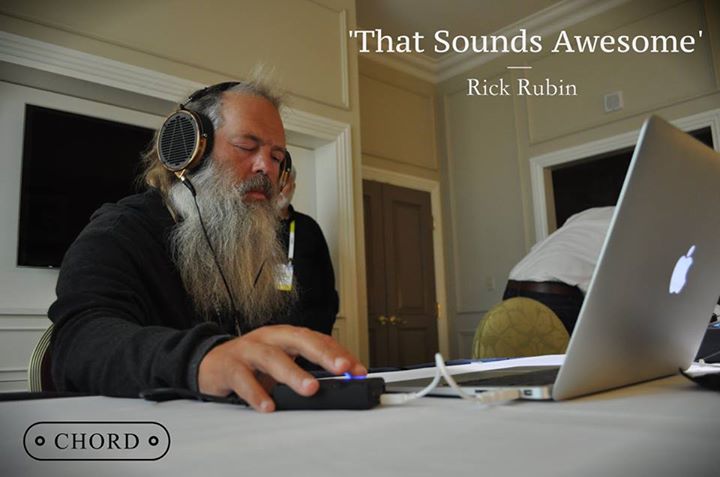
For the Herford hi-fi specialists, the American market and thus also the CES is traditionally very important. That is why Siegfried Amft and his team performed the best that they currently had to offer with the still hugely successful HV series and the current R series. The DAC 8 DSD was also a real innovation. What sounds very modest like a facelift of the well-known DAC 8 is in reality an enormous development step. Because T + A does not rely on an off-the-shelf DSD solution here, but has developed its own converter technology and uses a real 1-bit DSD converter. Video: T + A chief developer Lothar Wiemann presents the DAC 8 DSD:
In autumn last year, Dali presented the revised Opticon series in Europe and also concentrated on this new entry into the world of Dali loudspeakers in the USA. The star of the demo was of course the Opticon 8, which is not much inferior to its bigger Rubicon sisters in terms of features or sound. Apropos Rubicon: The new Rubicon Vokal Center was a real novelty for home cinema fans in this series. 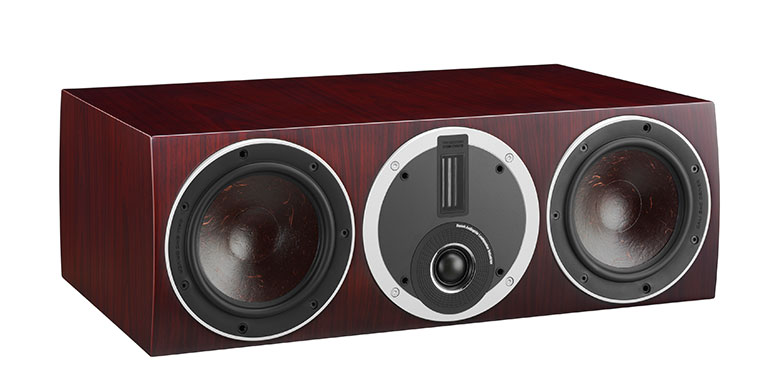
Strictly speaking, Audionet's Bochum-based company presented its innovations not officially at the CES, but in the Mirage Hotel across from the Venetian. In the huge suite they found space to show a large part of their current range, and with the CD player / DAC Planck and the sensibly named integrated amplifier Watt, two prototypes that will be available later this year were on view. The Planck will have an extremely high-quality drive and a dual mono D / A converter that can also process data up to 192kHz / 24Bit from external devices and USB. The next stage of development of the "Ultra Linear Amplifier" technology will be used in the Watt. We can look forward to an output of over 250 watts per channel (at 4 ohms), supplied with stable load from two separate toroidal transformers.
The times when hi-fi and TV were the top headlines in CES reporting seem to be over for the time being, even smartphones hardly attract journalists behind the stove. Self-driving cars of the future, health and fitness applications and surprisingly stupid smart home solutions dominate the headlines. But if you take the time to look behind the bombast of the large exhibition halls, you can still find a lot of exciting news about the hobbies hi-fi and home cinema. Because there is one thing that should not be forgotten in view of the changing trade fair orientation: The "classic" consumer electronics markets are still functioning, and occasionally even with very surprising growth successes (see e.g. the vinyl revival). Only: The CES is certainly no longer the most important hi-fi trade fair of the year, because we now have it in our own country, so practically on our doorstep. And if you take the numerous tongue-in-cheek references to the High End in Munich as a benchmark, we can already look forward to an extremely exciting trade fair in May.